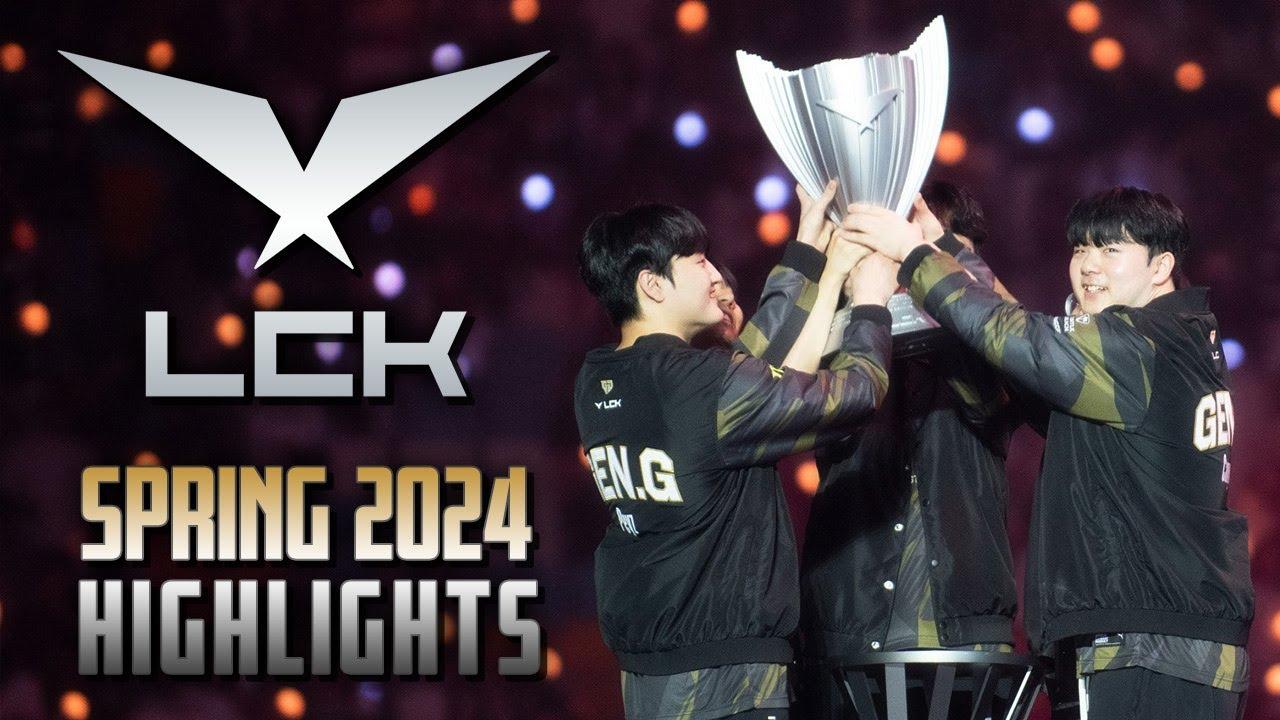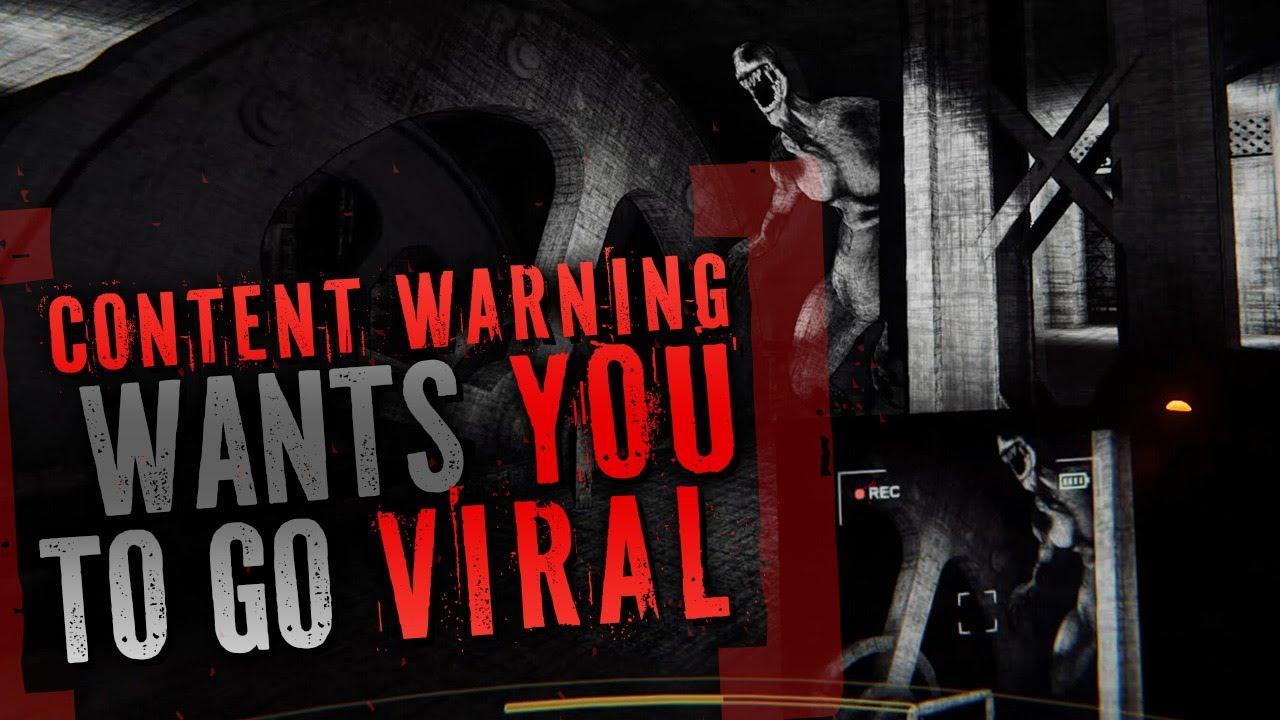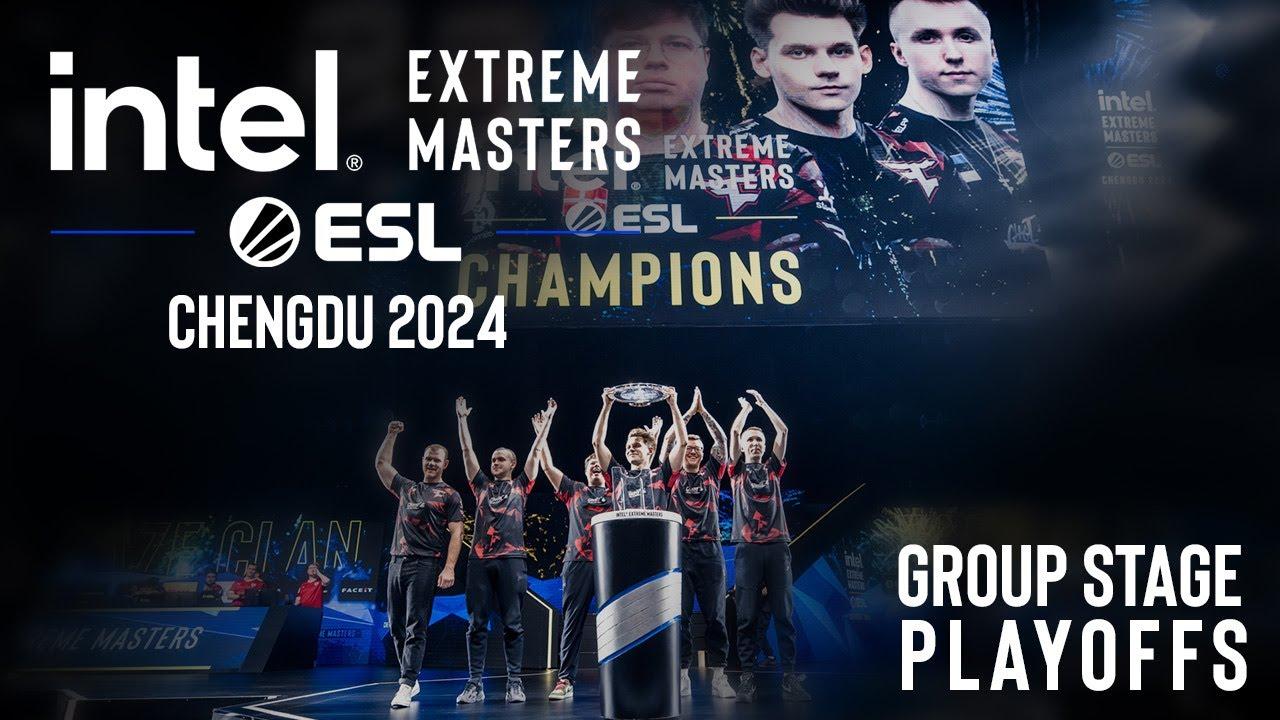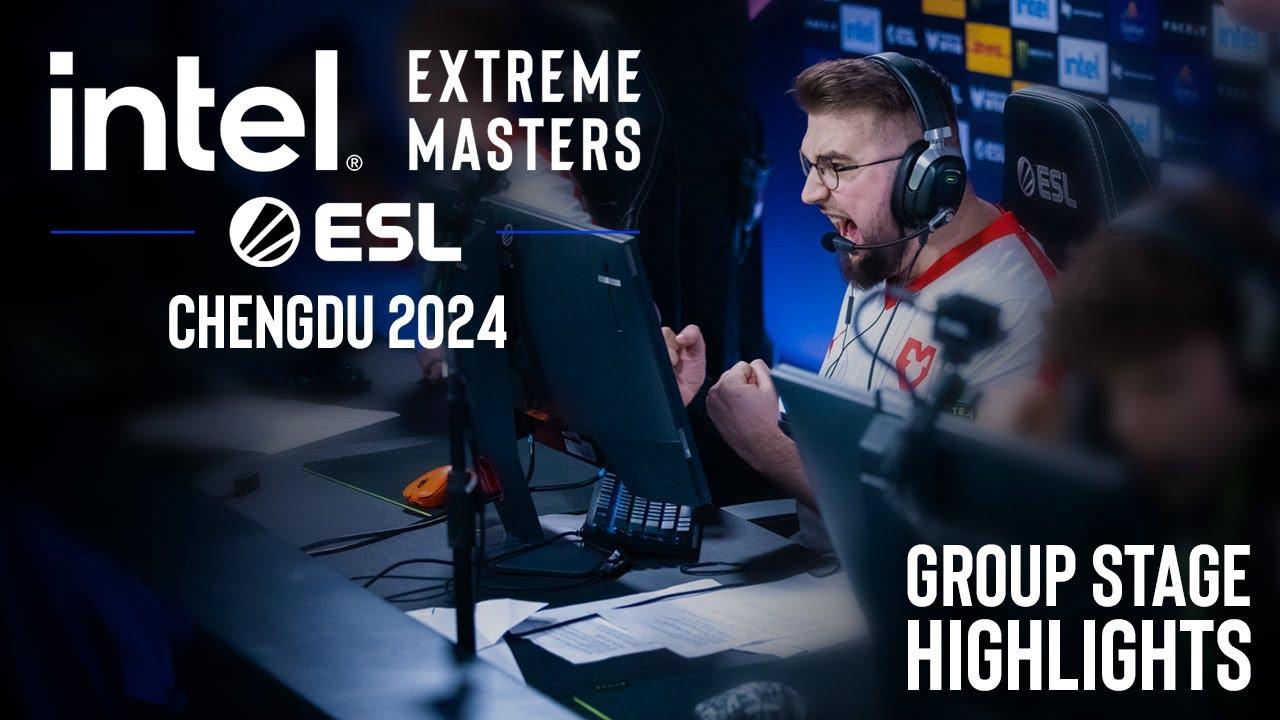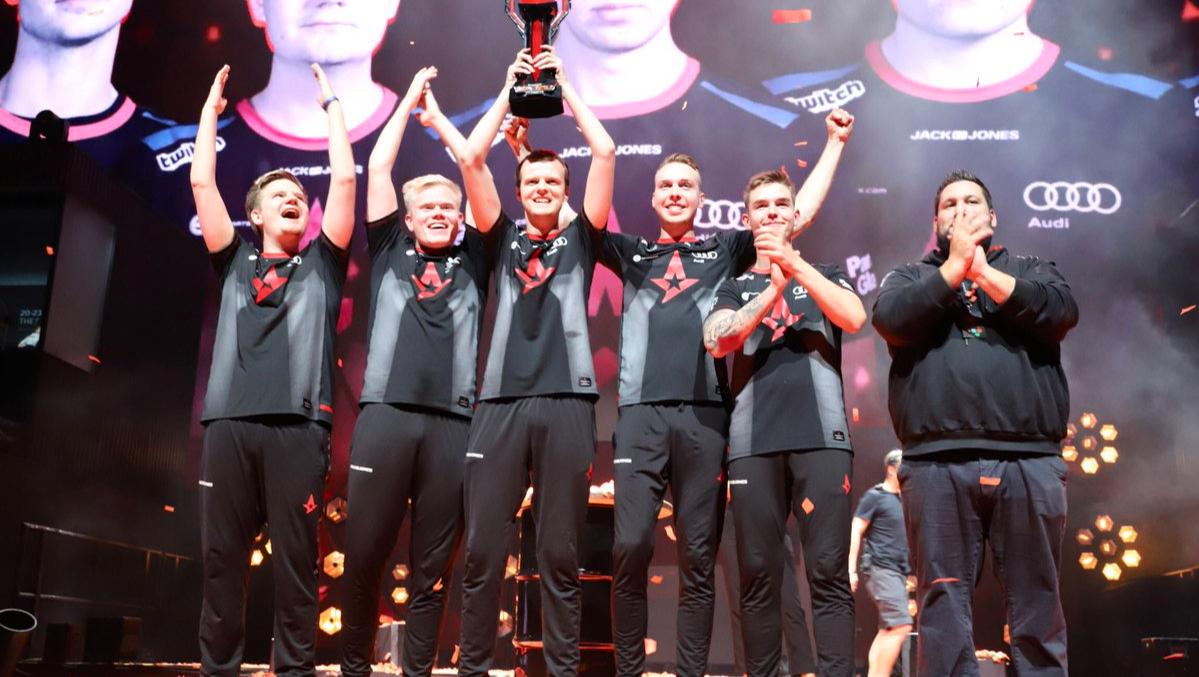
The numbers say these are the top 10 teams in CSGO
WIN.gg’s first set of Counter-Strike: Global Offensive rankings is here, and it’s meant to more accurately determine the top teams than ever before.
These rankings may be controversial. Some might disagree. But using a statistical algorithm that harnesses all available CSGO data means that these rankings aren’t just the top teams now, but also how they should shake out in the foreseeable future.
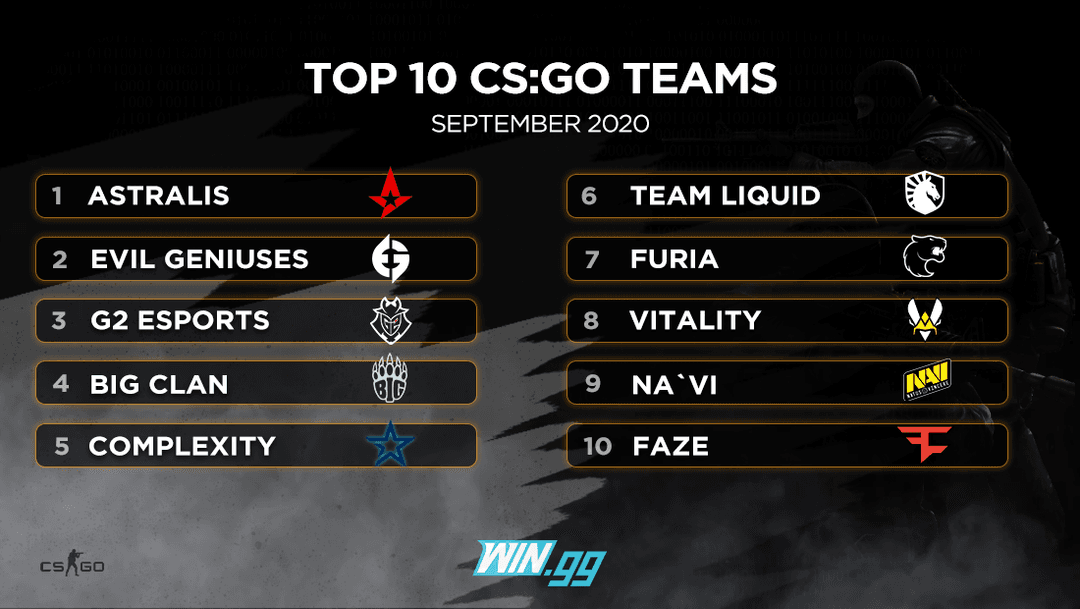
No. 1 – Astralis
Statistics show that Astralis is still the best team in the world, and statistics don’t lie. While the Danish superteam had some rough patches over the course of the summer, it surprised fans by how quickly the team adjusted around the two stand-ins for Lukas “gla1ve” Rossander and Andreas “Xyp9x” Højsleth. With IGL gla1ve back in the lineup and looking sharp, Astralis now has four of its five Major-winning players back on the server.
While Xyp9x still hasn’t returned to active duty for the team, a young and talented face has taken his place. Patrik “es3tag” Hansen was originally targeted as a stand-in all the way back in April, and he’s now showing why he was the organization’s first pick. Both gla1ve and es3tag have been on fire over the month of September. After Astralis lost its opening game of ESL Pro League’s Season 12, it shocked Pro League by its return to dominance.
gla1ve struggled in his first game back against Complexity and its underrated IGL Benjamin “blameF” Bremmer, and he also had a hard time against Vitality and Ninjas in Pyjamas. All three matches saw the IGL pull down negative KD/As, but he’s an integral part of Astralis’ success. His return has been a boon for the Danish team overall and gla1ve has led Astralis to solid wins while integrating es3tag into Astralis’ gameplan since his comeback.
es3tag and gla1ve are deadly on Train
While playing Train against FaZe, Astralis came to win. It lost both pistol rounds and still crushed the international team 16-5, but that’s not the statistic that’s the most impressive. Instead, the opening duels tell the story.
Astralis picked up a massive 90% of rounds if it scored the first kill. Across all maps, Astralis doesn’t have a first kill win percentage above 79.2% all-time. But something is different about this Astralis, and that something is es3tag’s offensive prowess. He is ranked second in the past month in T side opening duel success rates and gets the frag at a rate of 66.7%. This powerful stat opens up the map for the rest of the Danish veterans to take control of the map and lock down an offensive round win in the favor of a traditionally CT-sided team.
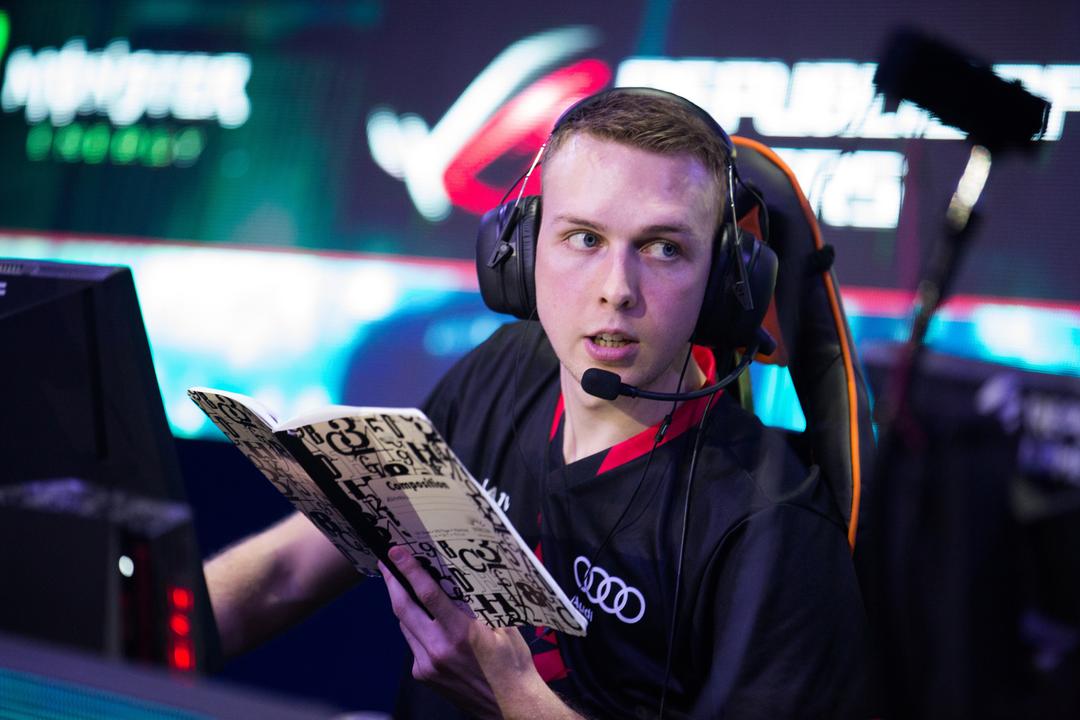
Astralis isn’t picky about when es3tag goes for an opening duel, either. He has the 11th most attempts and is one of three players with positive ratings for those attempts since September 1.
Train’s role here is important as well. Astralis has already played Train 17 times in 2020 after playing it only 18 total times in 2019. The team is altering its map pool, and it’s doing so either in anticipation of a competitive pool shakeup or to keep its opponents on their toes. The turmoil rumored to have taken place internally at the Astralis organization hasn’t transferred to the server outside of gla1ve and Xpy9x’s time away. With es3tag taking on a role Astralis lacked but never needed in order to win, there is a solid chance that es3tag will continue to play or rotate in going forward. That’s a scary proposition.
No 2. – Evil Geniuses
The North American squad comes in at number two for two undeniable reasons. First, they’ve proven time and time again that they can defeat any team in the world given the right circumstances. Secondly, Evil Geniuses’ roster is very good at creating those circumstances.
While discussions about EG often turn to the team’s imported AWPer, Tsvetelin “CeRq” Dimitrov, where EG really shines is how it has utilized its homegrown players. Ethan “Ethan” Arnold and Vincent “Brehze” Cayonte have quietly turned into respected veterans. These two are foundational players with fantastic mechanics, and their impact cannot be understated.
A year ago, NRG Esports owned EG’s roster, and their performance at the StarLadder Berlin Major impressed many. Afterwards, EG picked up NRG’s roster before sending them off to IEM New York 2019. Evil Geniuses upset Astralis in the grand finals of that tournament with a 3-1 scoreline.
Its continued place at the top of North American competition led to international success.
EG’s settled differences turn it into an international CSGO contender
It’s a year later, and EG has seen growth internally amongst its members. The true CSGO vets, players such as Tarik “tarik” Celek and Peter “Stanislaw” Jarguz, remain consistent enough. Like gla1ve, Stanislaw leads from the bottom, but that’s a testament to the talent around him and his own strategic thinking. Statistics bear out the idea that IGLs often have lower stats than their teammates, but Stanislaw doesn’t weigh his team down. He, along with head coach Wilton “zews” Prado, have come to an understanding after the two butted heads while with Team Liquid.
“Throughout my whole time on Liquid, I felt like I was really the only one who disagreed with Zews on his ideas and the way he wanted to run things,” Stanislaw once said.
Now the two have come to an agreement that has manifested in an EG team that lacks weakness. Instead, enemy teams run into fundamentally sound CSGO every round, and EG is rarely caught off guard. Adding to the team’s mechanical skill, CSGO’s online era has given it the boost it needed to overcome Team Liquid to take America’s top spot.
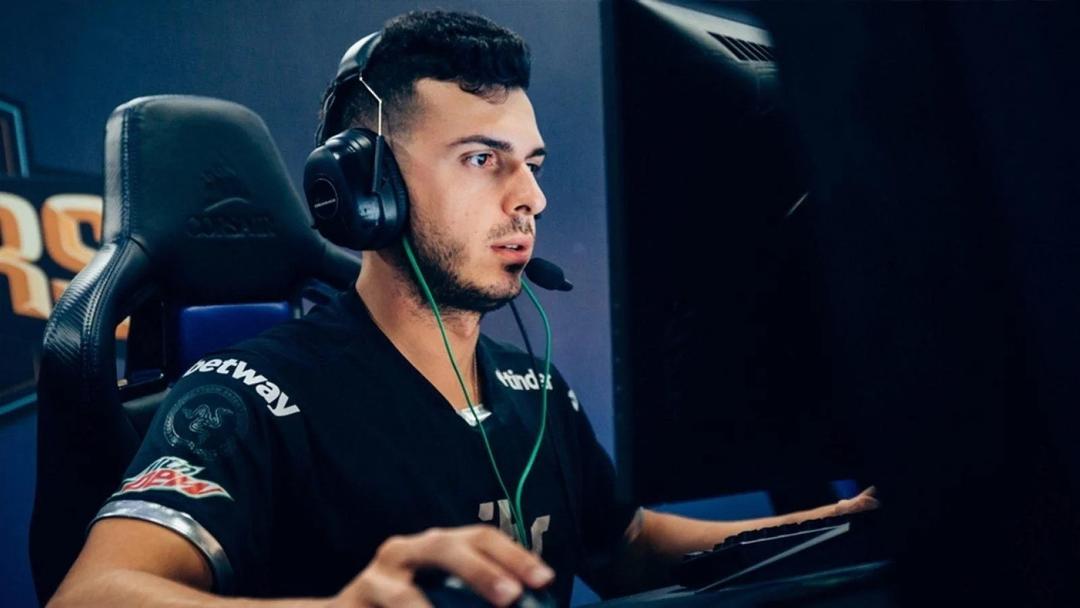
Since May 29, EG has played 52 maps and posted an impressive 39/1/12 line. Inferno is the team’s playground, countering a common map in best-of-three series and has earned an 86.7% win rate on CSGO’s popular map where it has gone 13-2 in that span. Its members are equally proficient on maps they don’t play as often, as shown by their 5-1 series score on Train.
One more thing; Four of EG’s 12 map losses were against MIBR, which is much less worrisome than it seems given MIBR’s absolute and total dysfunction when facing other teams. MIBR decimated Stanislaw and his players overall, but MIBR’s Gabriel “FalleN” Toledo knows EG head coach zews inside and out.
EG’s improved fundamentals will continue when the CSGO world returns to LAN play, a move that is currently scheduled for the IEM Global Challenge in December. Until then, EG is only going to get better as it locks down the solid, foundational structure that Stanislaw and zews have agreed upon.
No. 3 – G2 Esports
If a casual CSGO fan was asked how old G2’s Audric “JaCkz” Jug is, most would probably put him in his early 20s. They’d be wrong. JaCkz is G2’s oldest player, and G2’s roster has one of the oldest average roster ages currently competing in professional Counter-Strike, the complete opposite of a casual fan’s image of a young, hungry team gunning for trophies.
G2 enters conversations when it does well, but without a young star player, its success relative to its player’s average age can’t be understated. The roster is nearly three years older than professional CSGO’s average player age, and its veterans aren’t arguing for leadership roles like fans have seen in teams like OG. Instead, they all follow the orders of the team’s youngest player, in-game leader Nemanja “nexa” Isaković.
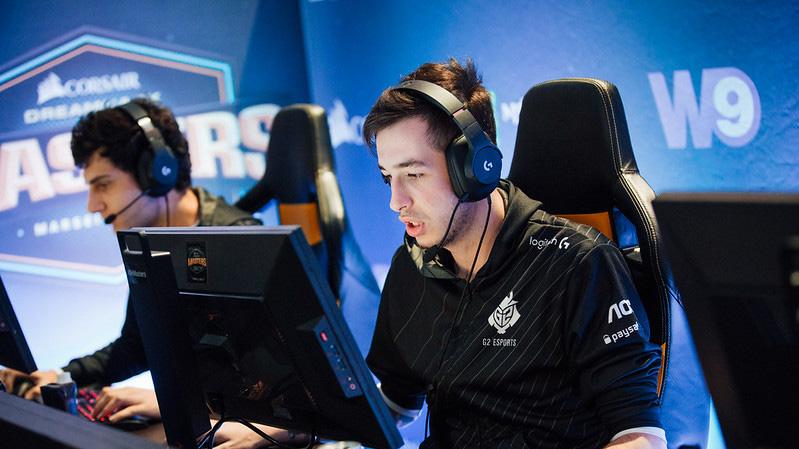
Unfortunately, anyone can perform well in online CSGO, and G2’s motivation doesn’t come from a prize pool or a scoreboard. It comes from bright lights and stakes so high they can overwhelm lesser teams.
G2 is much stronger than a glance at a scoreline shows, but that’s where most fans stop looking. So while most rankings have G2 far lower, possibly due to a focus on its recent EPL losses, they discount an incredible effort during ESL One Cologne’s semifinals that took place less than a month ago. And as seen in 2019’s post-Major ENCE rank, moving a team in one direction too quickly isn’t the way to do things.
Instead, stats show that G2 is performing on par with their 2019 online numbers. Unless the organization’s management wants immediate results during an era of online CS, G2 should look to December’s IEM Global Challenge instead of upsetting what made its experienced team so effective in the first place.
G2 is defying history and statistics with CSGO performances
That doesn’t mean that G2 won’t lose to lesser teams now, but it also doesn’t change the fact that the team is more talented than those below it. Instead, G2’s third-place ranking is thanks to early success in 2020 before it was suffocated by global factors. It’s been six months since G2 has been to a LAN event, but before its loss to Natus Vincere in the grand finals of IEM Katowice, this experienced, powerful team founded on veteran Kenny “KennyS” Schrub had a LAN map record of 14-3.
Those 14 wins came against teams that G2 should have lost to on paper, such as Liquid and Fnatic. Those particular series’ saw G2’s opponents critically outplayed by nexa while G2’s roster made short work of 100Thieves and OG by double-digit rounds. It proved its players could handle trap games and statistically superior opponents. But while G2’s online record is much worse, that is due to the competition and the format rather than G2’s performance.
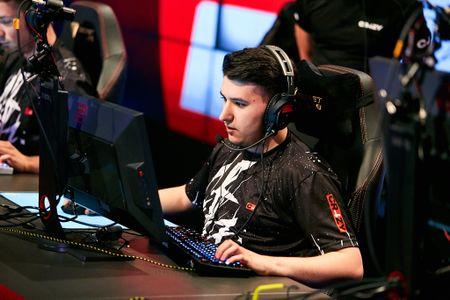
It takes a truly talented team to succeed and thrive in front of 50,000 screaming fans. It only takes a good team to win online. There is much less pressure playing what could otherwise be a scrim or pickup game from a bedroom. For some reason, prize pools tend to matter less when players are lounging in sweatpants. But G2’s established talent succeeded in front of crowds and in high stakes situations. And if Na`Vi hadn’t morphed into Astralis at Katowice, G2 would’ve won there. For context, Na`Vi hasn’t lived up to its IEM breakout, furthering the idea that the grand final matchup was more of a fluke for Na`Vi than it was a failure from G2.
So even though G2 recently dropped several in a row at EPL, rankings can’t ignore a dominant LAN record in favor of those more recent losses. G2 wins close games online but loses in blowouts., and when those factors are considered alongside its 2020 LAN run, G2 is revealed as a team highly motivated by top competition.
G2’s unmentioned online wins against Astralis and its first game against Heroic at ESL One Cologne show the team’s strengths despite format changes. Its loss to Heroic in ESL One Cologne’s semifinal matchup looks like a black mark at first glance. Think again. While a young Ninjas in Pyjamas was completely outplayed on the other side of Cologne’s bracket, it took Heroic 21 rounds of overtime over two maps to win the series. G2 is still the real deal.
No. 4 – BIG Clan
BIG has quietly become a solid team across the board, and its roster has done so by burying itself in CSGO. The team has played 188 maps in 2020 against all tiers of competition. But to place at number four takes more than beating up on less skilled teams and going average against the good ones. Against teams whose average rank is within a top-ten range, BIG leads all teams in kill-to-death differential with +245 and is tied with Astralis in K/D with a 1.06, just behind Complexity’s 1.08.
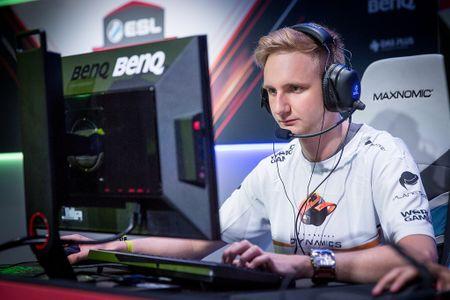
BIG is the definition of practice makes perfect and will surpass their map total from 2019 by the end of October on top of a current run which includes a 14-map win streak over the month of June. BIG’s current scoreline is 130-58, and it’s not just made up of online wins either.
Florian “syrsoN” Rische has been BIG’s smartest addition, and his AWPing skills have shown up historically in LAN environments as well as in 2020, with the AWPer enjoying above-average ratings in both on and offline settings this year. Fans won’t hear BIG mentioned often in talks about CSGO’s best teams, but a sneaky top-five team is more dangerous than a team everyone knows is among the best.
No. 5 – Complexity
Complexity and BIG are both enjoying the payoff of their organization’s efforts to add parts that supplement one another. Finding a happy medium between aggressive players who can change a game’s outcome and ones that are cornerstone parts is difficult. But Complexity has managed to pull it off, especially as CSGO entered the summer season. It currently boasts an impressive 70% win rate over the past three months in contrast to a total 2020 win rate of 63%, partly due to its players finally finding their place on the international squad. With blameF leading the team from the front, Complexity has found enormous success.
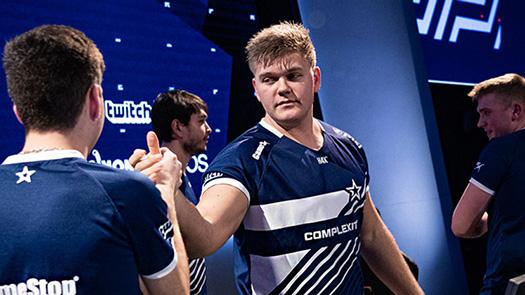
It all starts with blameF. In what can only be described as Frankenstein’s team, Complexity’s players support their IGL instead of the other way around. He currently leads Complexity with a 1.25 rating, with the team’s next highest rating coming from Kristian “k0nfig” Wienecke with a 1.13. Complexity’s signing of blameF was heralded at the end of 2019, but the team took time to fit the rest together. With a steadfast IGL, k0nfig’s foundationally underrated style, and an AWPer who posts better LAN results than online ones in Valentin “poiZon” Vasilev, Complexity will hold onto a top-five spot unless the recent loss of young star Owen “oBo” Schlatter can’t be appropriately addressed.
No. 6 Team Liquid
The addition of Michael “Grim” Wince alters Liquid’s placement by a large margin. His performances are an improvement over Nick “nitr0” Cannella, and his level of aggression brings balance to a team that lacked it when Jake “Stewie2K” took over Liquid’s leadership role.
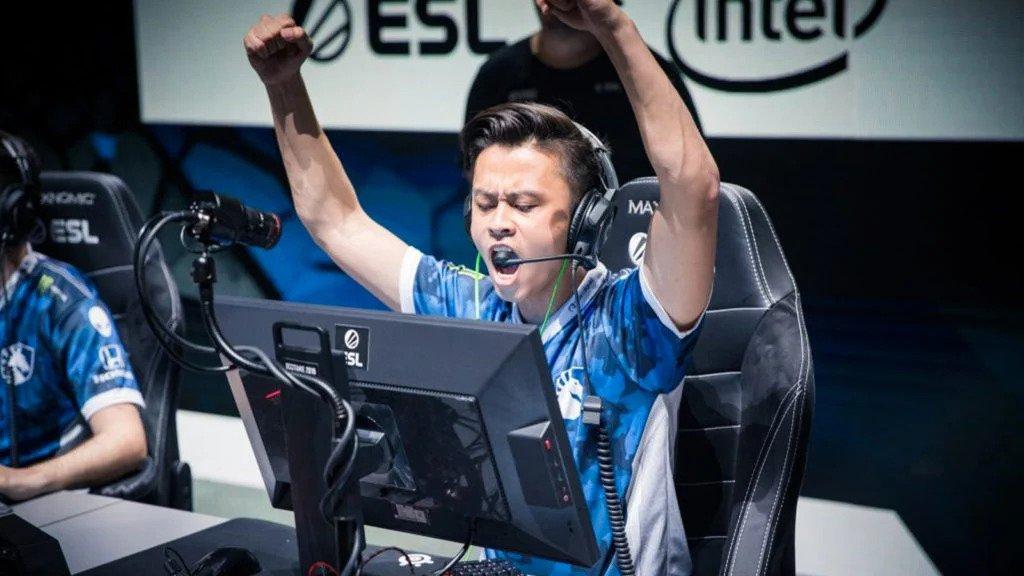
Liquid will be slightly unpredictable over the coming weeks as Grim settles in and Stewie2k fully establishes control of TL, but just as the team found success after bringing a new coach and an aggressive player on board to beat Astralis in 2019, stats push Liquid towards a similar trajectory with Grim’s extensive online experience. When teams return to LAN, fans could see poor performances from Grim similar to what teammate Russell “Twistzz” Van Dulken showed early in his transition to live play at the top level. But the team’s overall outlook trends higher the further it gets from the roster move, meaning that TL could hit a new stride during either IEM New York Online or BLAST’s Fall series two weeks afterward.
No. 7 – FURIA
Furia’s new position as Brazil’s top team is mirrored by its rise in its worldwide ranking. Its roster has accomplished both off the back of an aggressive default that moves fluidly to plug defensive gaps while taking full advantage of offensive opportunities almost the moment they appear. That aggression is placed on Andrei “arT” Piovezan, who takes his role pretty seriously. He’s statistically the most aggressive CSGO player in 2020. arT leads all players in opening duel attempts at a total of 36.5%. But a breakdown shows that arT gets a kill nearly 50% of the time when involved in CT-side opening duels. This defensive stat is bolstered by his entry potential, where arT makes the first move on the T side 43% with a success rate of 45%. He’s devastating.
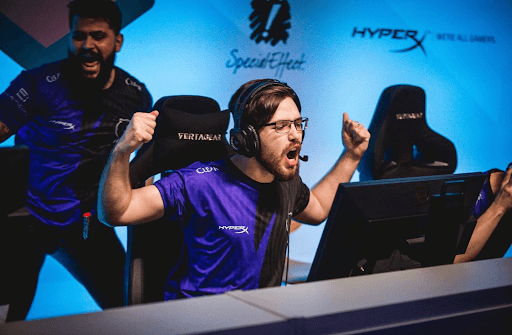
Wins against both of North America’s other top teams in Liquid and EG are the result of continued evolution from FURIA. Where FURIA was once a challenge to the two giants, it is now a proven threat. With Liquid’s adjustment period pointing towards a short-term downward trend, it’s possible that FURIA will overtake them until Grim better settles in.
Overpass gives FURIA big advantage
Stat highlights for Brazil’s top contender include an Overpass game so powerful opponents are forced to ban it. This allows FURIA to control the entire veto process thanks to one incredible statistic. Even when FURIA suffers the first casualty on Overpass, the team still wins the round an incredible 43% of the time, beating Astralis’ recovery statistic during the Danes’ 2018 Nuke streak by 3%. For context, teams average around a 28% win rate on Overpass after losing the first player. In 2020, FURIA owns a 7-1 record on the map when opposing teams try to take them on.
No. 8 – Vitality
At first look, Vitality should be much higher than they are here at number eight. A second-place ESL One Cologne finish following two additional second-place titles is definitely something. But despite ZywoOo’s best efforts, there is always a teammate that can’t hit a high enough level to cross into gold medal territory. Besides Richard “shox” Papillon, the rest of Vitality’s roster has been generally carried by ZywOo. It’s an ominous sign in more ways than one when looking at the team’s kill differential. As of September 18, the AWPer leads Vitality with a +666, with shox well below that in the team’s number two spot with a +129.
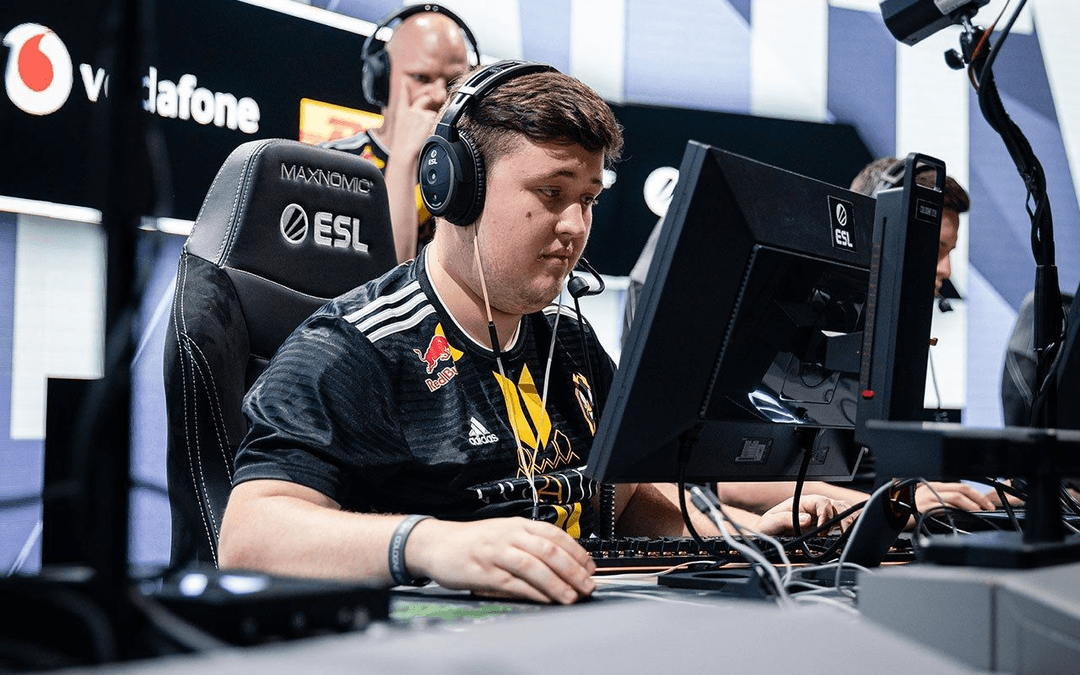
Vitality has had the benefit of easy brackets with wins over struggling teams such as FaZe and Fnatic. Statistically, the algorithm favors a team’s consistency over the performance of one individual star, so Vitality’s loss against BIG at CS Summit 6, especially starting with a one-map advantage courtesy of an upper bracket entrance, grinds against Vitality’s path to a higher ranking. Even with wins over a surging Ninjas in Pyjamas team and its multiple top finishes, Vitality won’t flip to an upward trend unless it finds a way to consistently win against great teams, which is likely to take a more balanced effort from its roster.
Over 2020, Vitality has a win rate under 50% against top-ranked teams. That’s a stat for teams at number eight, not number one.
No. 9 – Natus Vincere
Similar to G2, Na`Vi functions best in high-stakes environments where the roster feels everything on the line. Stats have already pointed out that s1mple is almost certainly the best CSGO player without looking at his team’s performances. His K/D ratio beats 2019’s player of the year Mathieu “ZywOo” Herbaut, to whom s1mple is often compared. But even though Na`Vi plays their matches with its players in the same room, s1mple has been unable to generate the hype seen from Na`Vi after it won IEM Katowice 2020.
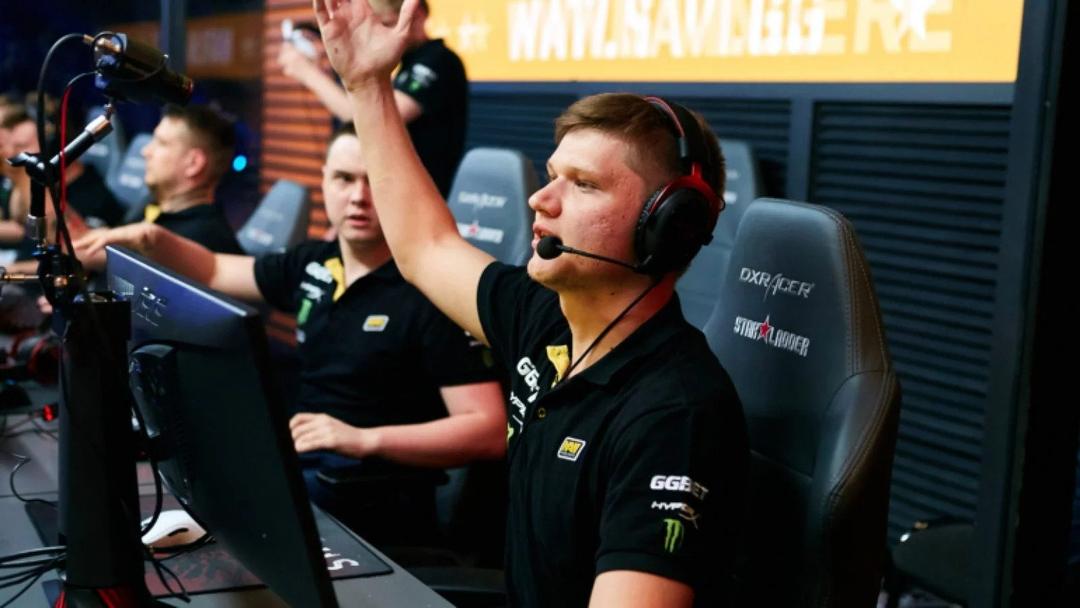
That said, Na`Vi has issues even outside of what the statistics show. Even without a statistical approach, its clear Na`Vi’s spacing was mishandled during a whiffed spray during ESL One Cologne 2020. which emphasizes the team’s position at number nine.
It has one of the longest average time to execute in professional CSGO, a trait shared by many of CIS teams. But if Kirill “boombl4” Mikhailov can find a way to lead while he’s alive in-game and Ilya “Perfecto” Zalutskiy manages to bring his strong play to the upper levels of CSGO, Na`Vi can rise going forward. A roster change may be in order because even though Perfecto cut his teeth in online play, his current 0.99 rating in 2020’s online season is lacking, especially when the player ended 2019 with a solid 1.09.
No. 10 – FaZe Clan
FaZe is in a tough place. Player metrics indicate a continued downward trend from now through the end of 2020, and that places FaZe management in a tough spot. With rumors of a NiKo trade to G2 in the air so soon after the team’s addition of Markus “Kjaerbye” Kjærbye, FaZe may join other teams who began roster work halfway through the year. FaZe’s star-studded team traditionally comes alive on LAN, but those surges have been few and far between even during the few to take place this year. The team is barely holding on to the number ten slot, with room for Kjaerbye to adjust to his new role and his expected contributions sliding the team in under the wire.
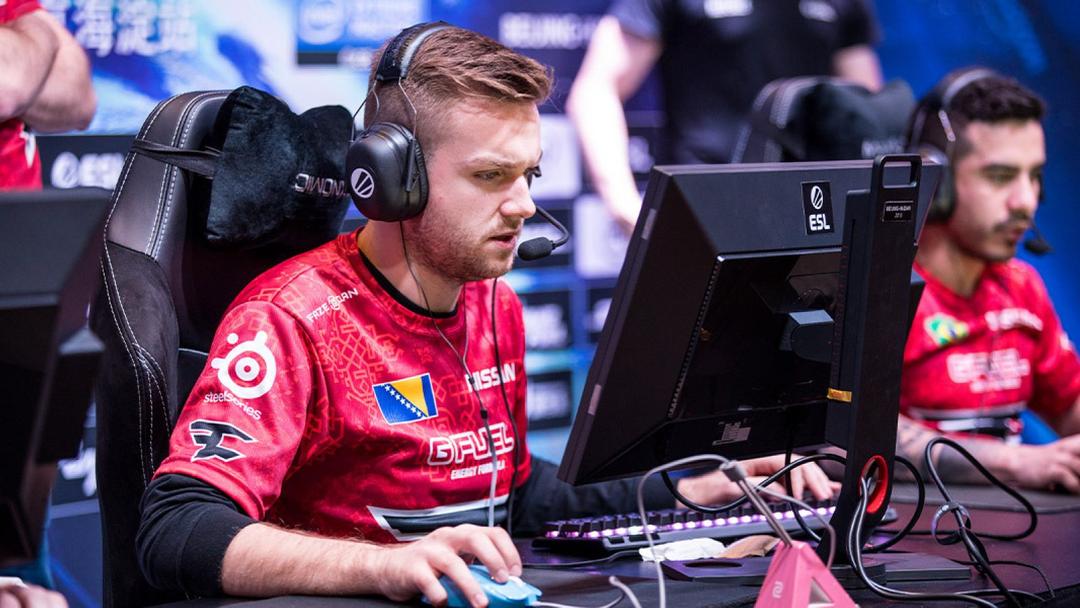
FaZe gets only an inch of wiggle room, and even that is due to a fresh roster change and its accompanying adjustment period. But if NiKo leaves FaZe, fans can expect the team to struggle in CSGO’s top events as it drops well outside the ten spot, even with players such as Marcelo “coldzera” David on the roster. If FaZe does succeed, it will come from the young Helvijs “broky” Saukants, who has surpassed his legendary teammates across 2020.
Recommended
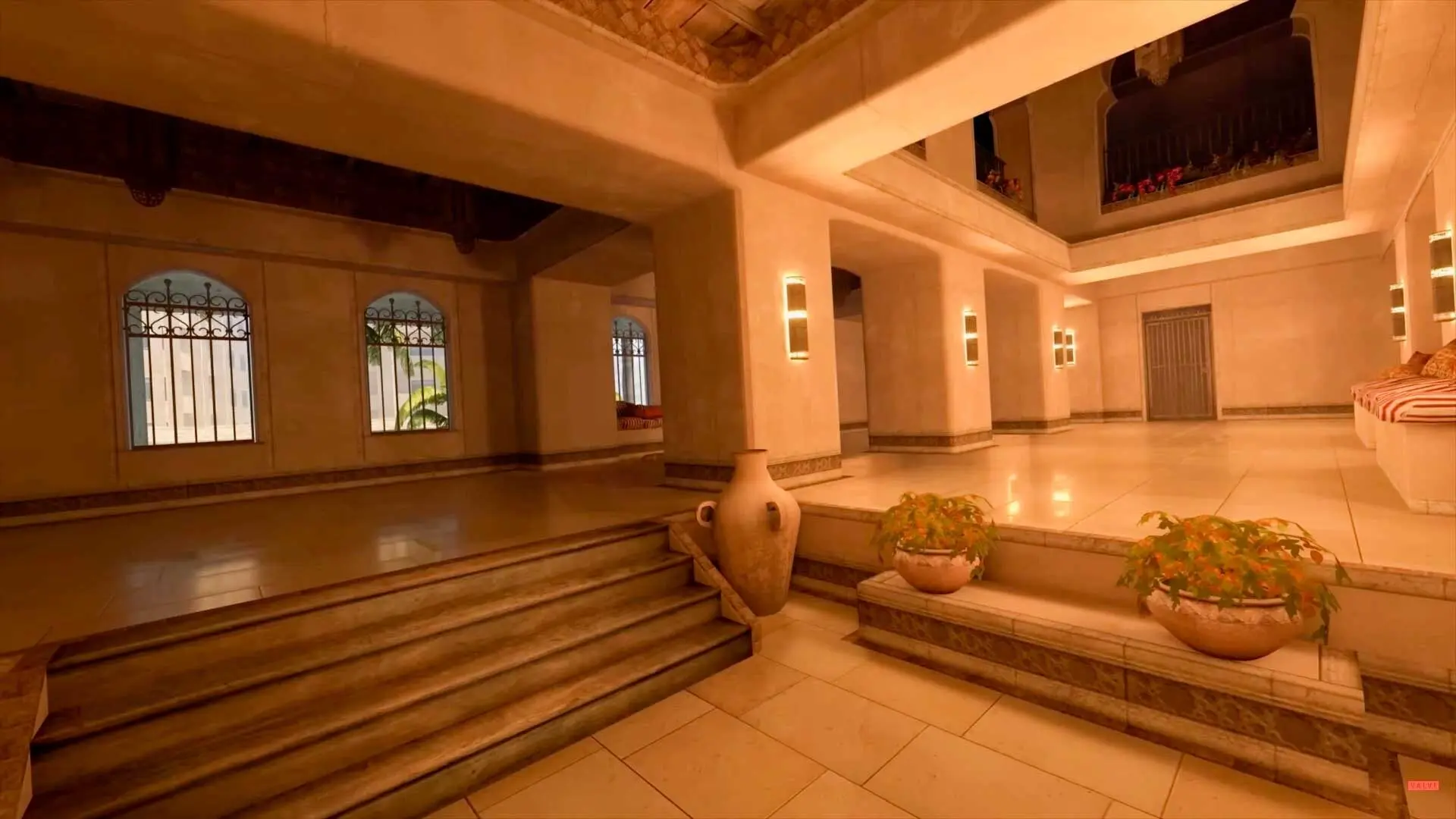
All maps are now available in CS2, what does it mean?
Poor Inferno players.
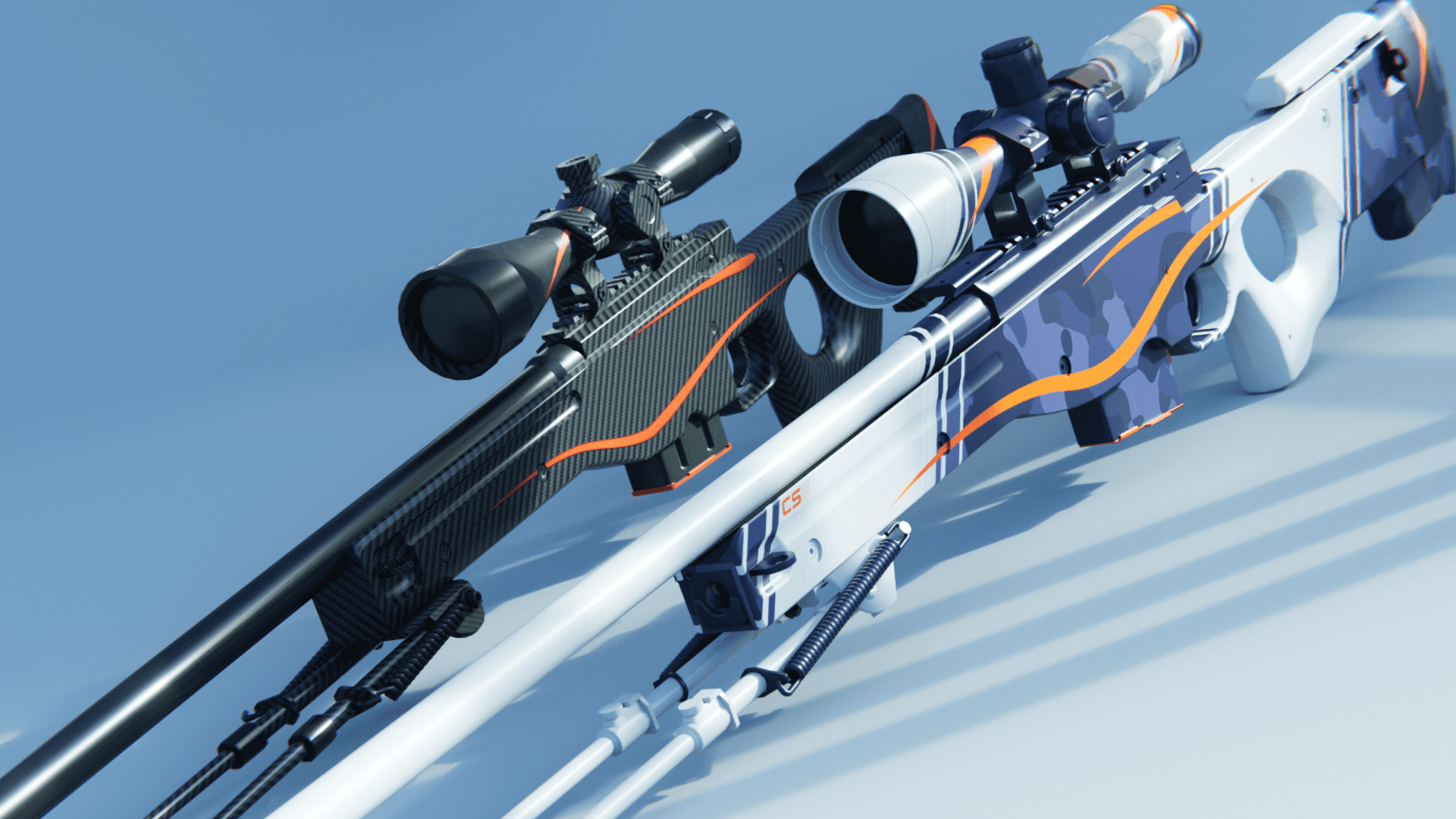
Redline creator reveals a sequel skin for CS2
Maybe call it the Orangeline?
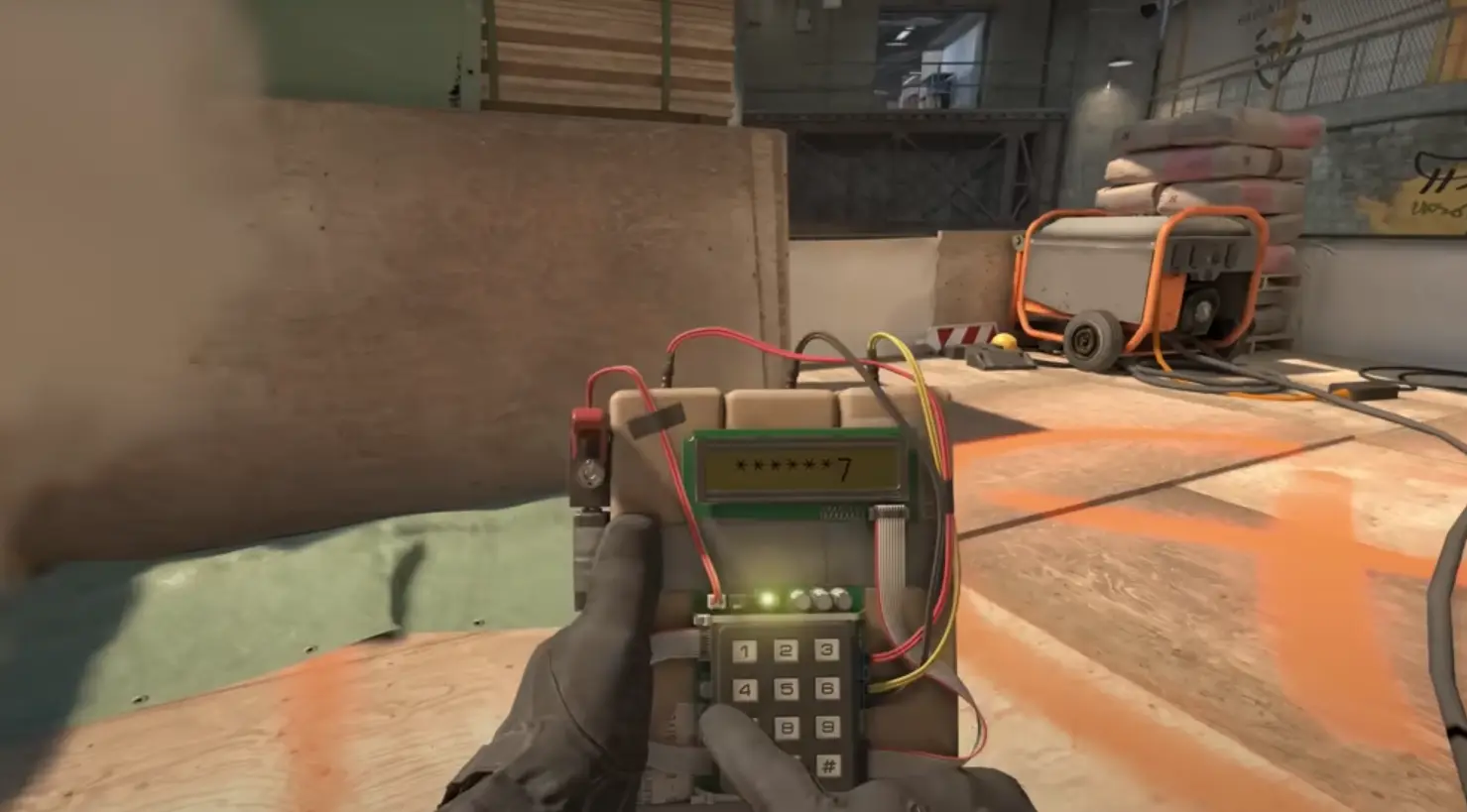
CS2 release date: Everything we know so far
Is it CS2-morrow? No, it is not.

